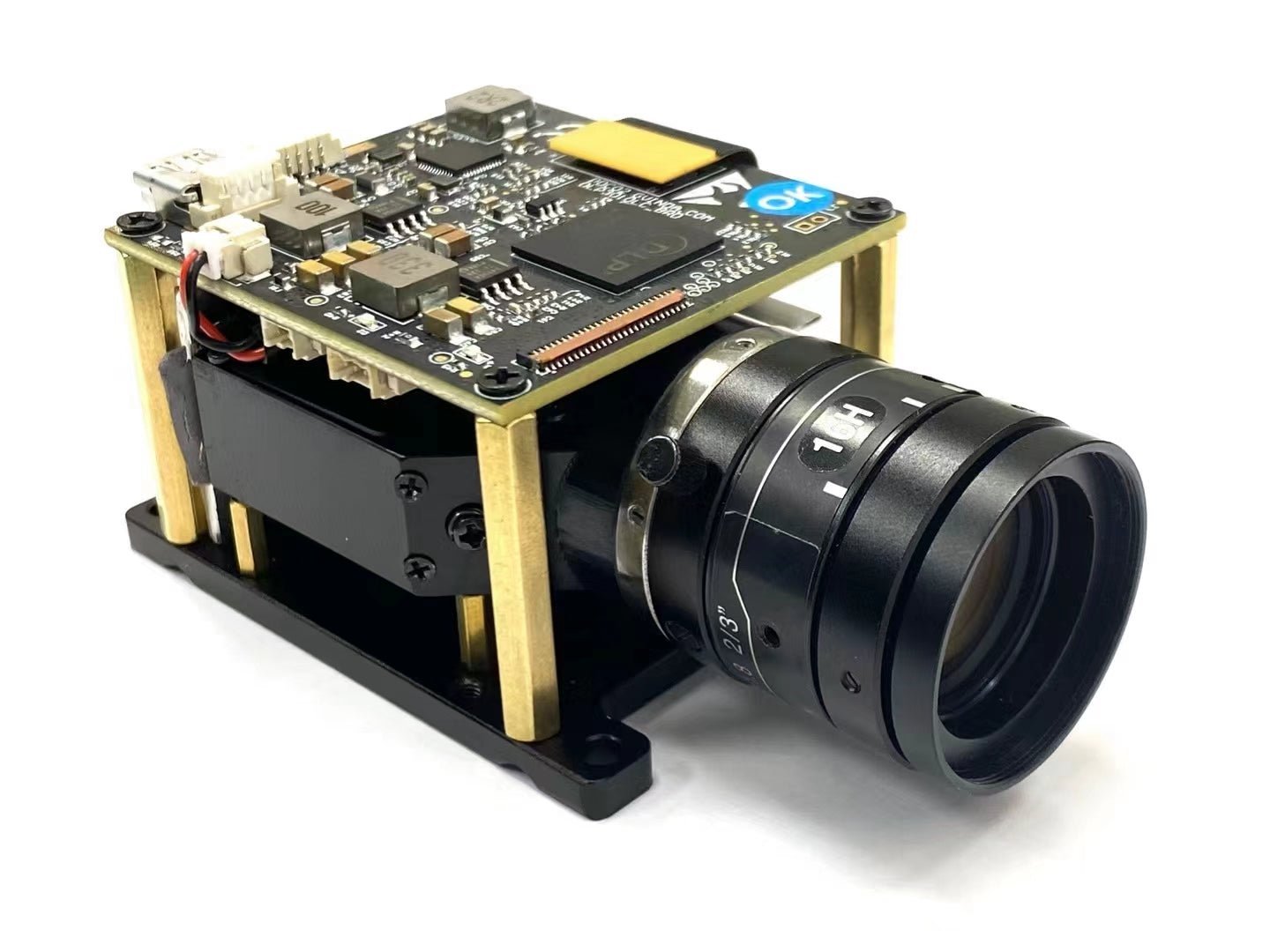1. Light Source Technology
UV DLP: Uses a digital light projector to cure entire layers at once with UV light.
LCD: Employs an LCD mask and UV backlight to selectively block/transmit light pixel-by-pixel.
2. Print Speed
DLP is generally faster for full-layer curing, while LCD speed depends on screen refresh rates.
3. Resolution & Precision
DLP offers consistent XY resolution determined by projector optics.
LCD resolution is limited by the LCD panel's pixel density (typically 2K-8K).
4. Maintenance & Cost
DLP projectors have limited lamp life (∼20,000 hours).
LCD screens degrade over time (∼1,000-2,000 hours) but are cheaper to replace.
5. Surface Finish
DLP produces smoother surfaces but may show pixelation.
LCD prints reveal more visible layer lines due to grid patterns.
Best Use Cases
Choose DLP for: Dental applications, jewelry, and high-throughput production.
Choose LCD for: Hobbyists, detailed miniatures, and cost-sensitive prototyping.
Both technologies deliver excellent detail for resin printing, with trade-offs in speed, longevity, and operational costs.Buy UV DLP projector from sicubeshop.com now.


Share:
The Current State of CdS Photoresistors
Pixelation Phenomenon in UV DLP 3D Printing: Causes and Mechanisms
2 코멘트
ndiqlp
ndiqlp